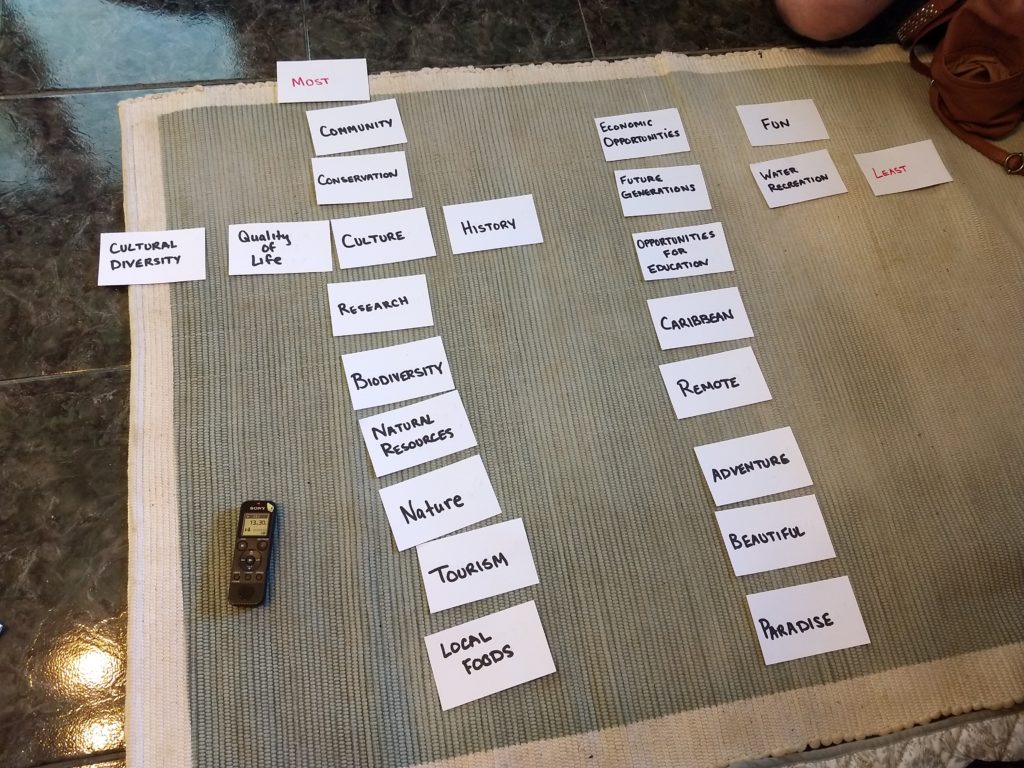As I wrapped up my year as a Malouf scholar, I reflected on whether or not I was able to meet the goals of the award. A mixture of everything going on in the world, created the perfect storm for uncertainty and doubt to creep into my mind, and I struggled with a bout of imposter syndrome. I revisited my Malouf application and was reminded that this was not the first-time uncertainty appeared. In my personal statement I asked myself “why would I be a good fit for this scholarship, and why is my research valuable to the Oregon Sea Grant community?” My response was “why not? The Malouf Scholarship aims to support graduate students who combine societally relevant research with education and public engagement, and that is exactly what my research aims to do. To educate people on underrepresentation in marine and fisheries science, and to engage the public and science community in a conversation about diversity and inclusion.” Reading through my statement I was quickly reminded, that although I had not accomplished all of my goals, I was able to make progress on many of them.
Navigating Research Anxiety
In addition to dealing with imposter syndrome, I also dealt with research anxiety related to my work and the increased attention on diversity, equity and inclusion in STEM fields this summer. For a while, it seemed like every other day I was receiving an email about the topic, which was encouraging, but I also felt a sense of pressure to get my research out. I wondered if I was missing an opportunity to capitalize on the amount of attention the topic was getting. However, while it seemed like a reasonable idea from publication perspective, it did not sit well with me on a personal level. I had to remind myself why I decided to pursue my research in the first place; because I believed in the importance of shedding light on underrepresentation in marine and fisheries science. At the very least, I felt that I owed it to my research participants to put the time and dedication into my data analysis and results. The fact that I was dealing with research anxiety made me realize that it might be best to take a break from my research.
Redirecting my Attention to a Virtual Internship
The perfect opportunity to pause my dissertation research presented itself this summer. Prior to Covid-19, I was scheduled to go to Seattle for an internship with NOAA’s Northwest Fisheries Science Center. Unfortunately, instead of an in-person internship we decided that a virtual one would be best, which I began in September. The timing of the internship worked out perfectly and provided a valid justification for taking a break from my dissertation research and focusing my attention elsewhere. The research project I’m working on with NOAA looks at the ecological and social drivers of salmon restoration projects in Oregon and Washington and has an environmental justice component, which I am excited to explore. While the internship required me to shift my focus to a new project and new methodology, I think my qualitative data analysis will benefit from the pause. Hopefully, I will be able to look at my data with fresh eyes and less research anxiety.
Self-Care
As I reflect back on the year, one thing that stands out is the importance of self-care and finding what works best for you. It was definitely hard to stay motivated this year. The task of continuing “business as usual” seemed wrong. For my first few years of graduate school, I was able to find a happy balance by taking regular trips home for an academic and mental break. Not being able to travel as much as I would like has required me to seek new ways to find a balance and practice self-care. I admit, I’m still not the best at it. One of the highlights of the past few months has been having video calls with my 9-year old cousin, talking about Roblox and TikToK (both of which I still don’t understand) and finding similarities in our struggles to navigate virtual learning. She’s much better at it than I am. Our calls are reminders that it’s okay to forget that I’m a graduate student and disconnect from the academic world every now and then.
Advice for Future Scholars
One of the biggest lessons I learned over the past few months and the best advice I could give to future scholars is to remember, it is okay to not be okay all the time. Life is hard. Work is hard. School is hard. However, we all have something to bring to the Oregon Sea Grant community and we all deserve to be here, even if we don’t always feel that way. So, continue to be great! Best wishes!

